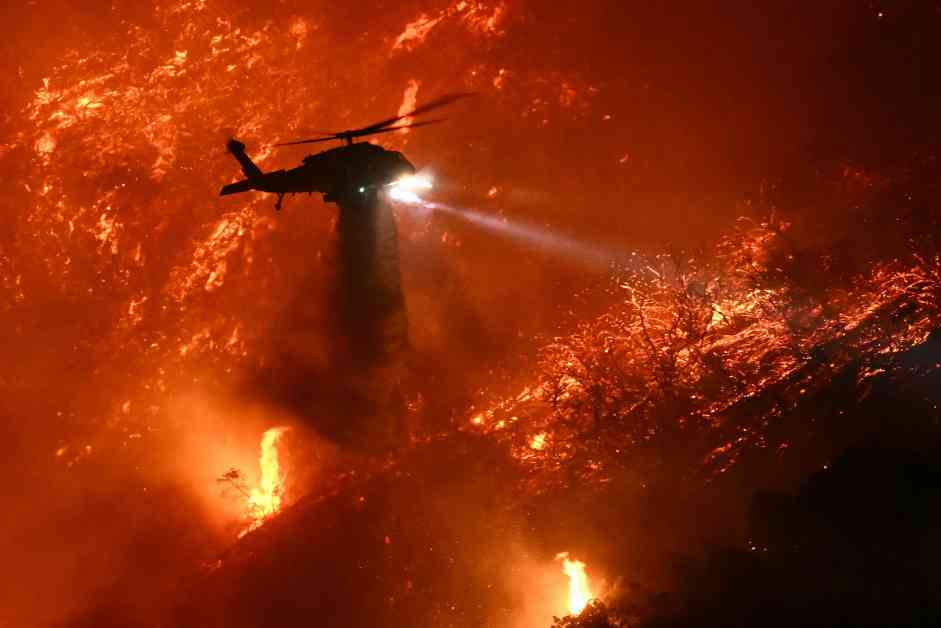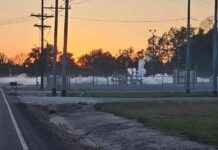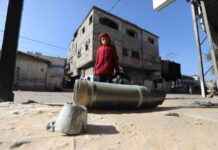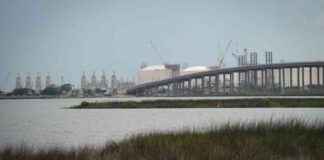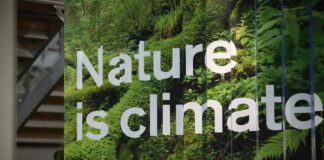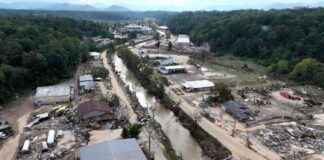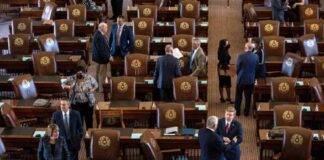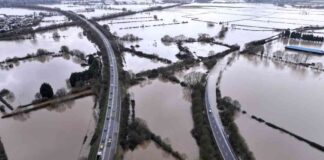As the flames of wildfires engulfed Los Angeles, the devastation left in their wake was undeniable. Lives lost, structures destroyed, and a landscape forever altered by the catastrophic infernos. The impact of these fires was not merely a stroke of bad luck or nature’s wrath, but a result of a complex interplay of factors, the most significant being climate change.
The fires that ravaged Los Angeles were not just any wildfires; they were fueled by the perfect storm of conditions exacerbated by a changing climate. The arid landscape of California, already prone to wildfires, had been transformed into a tinderbox by exceptionally dry fuels and scorching temperatures. The powerful Santa Ana winds, gusting at speeds of 100 miles per hour, only served to fan the flames, resulting in the destruction of 50,000 acres of land, claiming the lives of at least 28 people, and decimating over 16,000 structures.
A recent analysis conducted by World Weather Attribution shed new light on the extent to which climate change had influenced the severity of the wildfires. The study revealed that the extremely dry and hot conditions were 35 percent more likely due to climate change. The absence of rainfall in the preceding months, a stark departure from the norm, had created a landscape ripe for wildfires to take hold and spread uncontrollably.
Clair Barnes, a researcher at Imperial College London’s Centre for Environmental Policy, highlighted the concerning trend of drought conditions encroaching into winter months, aligning with the onset of the fierce Santa Ana winds. This lethal combination of factors, compounded by a slow transition away from fossil fuels, painted a grim picture for the future of California’s fire-prone landscape.
Weather Whiplash: A Recipe for Disaster
One of the key drivers behind the catastrophic wildfires in Los Angeles was what experts termed as “weather whiplash.” Wet seasons had become wetter, while dry seasons had become drier, creating a stark dichotomy in the region’s climate. The explosive growth of vegetation during wet years was swiftly followed by prolonged droughts, turning lush landscapes into dry, flammable tinderboxes.
Theo Keeping, a wildfire researcher at Imperial College London, emphasized the cyclical nature of this phenomenon, where wet years teetered on the brink of drought, setting the stage for devastating wildfires. The erratic weather patterns, exacerbated by a warming climate, had created a precarious situation where the risk of wildfires loomed large over Southern California.
Human Factors and Future Challenges
While climate change played a significant role in fueling the wildfires, other factors also contributed to the escalating risk. Human activities, such as electrical line failures, fireworks, and arson, were identified as the primary ignition sources for wildfires in California. Additionally, the unchecked urban sprawl into fire-prone areas further compounded the challenges faced by communities in the wake of such disasters.
As communities grappled with the aftermath of the wildfires, the daunting task of rebuilding loomed large. Park Williams, a geographer at UCLA, underscored the importance of adopting fire-resistant measures in rebuilding efforts. From clearing vegetation to using fire-proof building materials, homeowners faced a costly endeavor in safeguarding their properties against future fire outbreaks.
As the embers of the wildfires smoldered, the residents of Los Angeles were left to contend with a harsh reality – the looming threat of more frequent and severe wildfires in the years to come. The need for proactive measures, informed by expert insights and a deep understanding of the interconnected factors at play, was paramount in mitigating the risks posed by climate change-induced wildfires.

